If you've noticed tiny flies buzzing around your kitchen sink, you're not alone. These pesky pests are a common problem for many homeowners, but thankfully there are ways to get rid of them. The first step is to identify the type of fly you're dealing with. Fruit flies and drain flies are the most common culprits in the kitchen sink, and each requires a different approach for elimination. Fruit flies are attracted to ripening or decaying fruits and vegetables, while drain flies thrive in moist, organic matter such as food residue or hair buildup in drains. To get rid of fruit flies, try placing a bowl of apple cider vinegar with a few drops of dish soap near the sink. The flies will be drawn to the vinegar and get trapped in the soap. For drain flies, use a drain cleaner or boiling water to flush out any organic matter and eliminate their breeding grounds.1. How to Get Rid of Tiny Flies in the Kitchen Sink
Tiny flies in the kitchen sink can be a nuisance, but they can also indicate underlying issues in your home. As mentioned, fruit flies and drain flies are the most common types of tiny flies found in the kitchen sink. Fruit flies are attracted to overripe or decaying fruits and vegetables, so make sure to dispose of them properly. Drain flies, on the other hand, are a sign of organic matter buildup in your drains, which can cause clogs and unpleasant odors. Other causes of tiny flies in the kitchen sink could include leaks in pipes, standing water, and poor sanitation. It's important to address these issues to not only get rid of the flies but also to maintain a clean and healthy living environment.2. Common Causes of Tiny Flies in the Kitchen Sink
If you prefer to use natural methods to eliminate tiny flies in your kitchen sink, there are several options available. For fruit flies, you can create a homemade trap using a jar or bottle filled with a mixture of apple cider vinegar, sugar, and dish soap. The sweet smell of the mixture will attract the flies, and the soap will prevent them from escaping. For drain flies, you can use a mixture of baking soda and vinegar to clean and deodorize your sink and drains. This will help to eliminate any organic matter that may be attracting the flies. You can also use essential oils, such as peppermint or eucalyptus, as a natural repellent for both fruit flies and drain flies.3. Natural Remedies for Tiny Flies in the Kitchen Sink
Prevention is key when it comes to dealing with tiny flies in the kitchen sink. To avoid future infestations, make sure to properly dispose of any overripe or decaying fruits and vegetables. Keep your sink and drains clean by regularly using a mixture of baking soda and vinegar. Fix any leaks or standing water in your kitchen to eliminate potential breeding grounds for flies. You can also install drain covers or screens to prevent flies from entering your drains. Keep your kitchen well-ventilated, and make sure to seal any cracks or openings where flies can enter. By taking these preventative measures, you can save yourself the hassle of dealing with tiny flies in your kitchen sink in the future.4. How to Prevent Tiny Flies in the Kitchen Sink
Tiny flies in the kitchen sink are not only annoying but can also be a sign of larger issues in your home. It's important to properly identify the type of fly you're dealing with and address any underlying causes to prevent future infestations. Fruit flies and drain flies are the most common culprits, and each requires a different approach for elimination. While natural remedies can be effective, it's always best to consult a professional pest control service if you're dealing with a severe infestation or are unsure of the best course of action. They have the knowledge and expertise to properly identify and eliminate the source of the problem.5. Tiny Flies in the Kitchen Sink: What You Need to Know
If you're dealing with a small number of flies in your kitchen sink, DIY traps can be an effective and budget-friendly solution. For fruit flies, you can create a simple trap using a jar or bottle filled with apple cider vinegar and a few drops of dish soap. The flies will be attracted to the vinegar and get trapped in the soap. For drain flies, you can use a mixture of baking soda and vinegar to flush out any organic matter and eliminate their breeding grounds. There are also many other DIY trap ideas available online, using ingredients such as wine, beer, or even a banana peel. Find the one that works best for you and your situation to get rid of those pesky tiny flies in your kitchen sink.6. DIY Traps for Tiny Flies in the Kitchen Sink
As mentioned earlier, fruit flies and drain flies are the most common types of tiny flies found in the kitchen sink. However, there are other types of flies that can also be found in this area, such as fungus gnats or phorid flies. Fungus gnats are attracted to moist soil, while phorid flies are often found in decaying organic matter. Each type of fly requires a different approach for elimination, so it's important to properly identify the type of fly you're dealing with. If you're unsure, you can always consult a professional pest control service to help identify and eliminate the source of the problem.7. Identifying Different Types of Tiny Flies in the Kitchen Sink
Cleaning your kitchen sink is an essential step in getting rid of tiny flies. As mentioned earlier, fruit flies are attracted to decaying fruits and vegetables, while drain flies thrive in moist, organic matter. To eliminate these food sources, make sure to regularly clean your sink and drains with a mixture of baking soda and vinegar. You can also use a drain cleaner to flush out any buildup that may be attracting the flies. It's also important to maintain good hygiene and sanitation in your kitchen, as poor sanitation can attract flies and other pests. Wipe down your sink and counters regularly, and make sure to properly dispose of any organic matter to prevent future infestations.8. How to Clean Your Kitchen Sink to Get Rid of Tiny Flies
If you're dealing with a severe infestation or are unsure of the best course of action, it's always best to consult a professional pest control service. They have the knowledge and expertise to properly identify and eliminate the source of the problem. They can also provide tips and recommendations for preventing future infestations. Professional pest control services may use a variety of methods, such as insecticides or heat treatments, to get rid of tiny flies in your kitchen sink. They may also offer ongoing maintenance and prevention services to ensure the problem does not reoccur.9. Professional Pest Control for Tiny Flies in the Kitchen Sink
When dealing with tiny flies in the kitchen sink, there are many myths and misconceptions that can lead to ineffective solutions. One common myth is that these flies only come from poor hygiene or a dirty kitchen. While this can contribute to the problem, there are many other factors that can attract flies, such as overripe fruits or standing water. Another myth is that DIY traps or remedies are always effective in getting rid of tiny flies. While these can be helpful in small infestations, they may not be enough for severe cases. It's always best to consult a professional pest control service for a long-term solution. In conclusion, tiny flies in the kitchen sink can be a frustrating problem, but with the right knowledge and approach, they can be effectively eliminated. By properly identifying the type of fly, using natural remedies or DIY traps, and maintaining good hygiene and sanitation, you can prevent future infestations and keep your kitchen free of these pests. Remember, if you're dealing with a severe infestation or are unsure of the best course of action, it's always best to consult a professional pest control service for a long-term solution. By working together, you can get rid of those pesky tiny flies and enjoy a clean and healthy kitchen once again.10. Tiny Flies in the Kitchen Sink: Common Myths and Misconceptions
Tiny Flies in the Kitchen Sink: Causes and Solutions
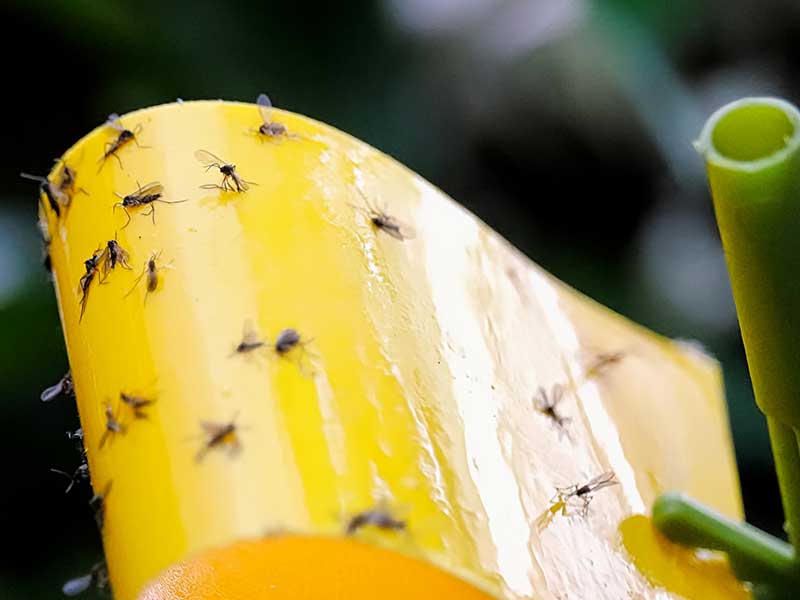
Understanding the Issue
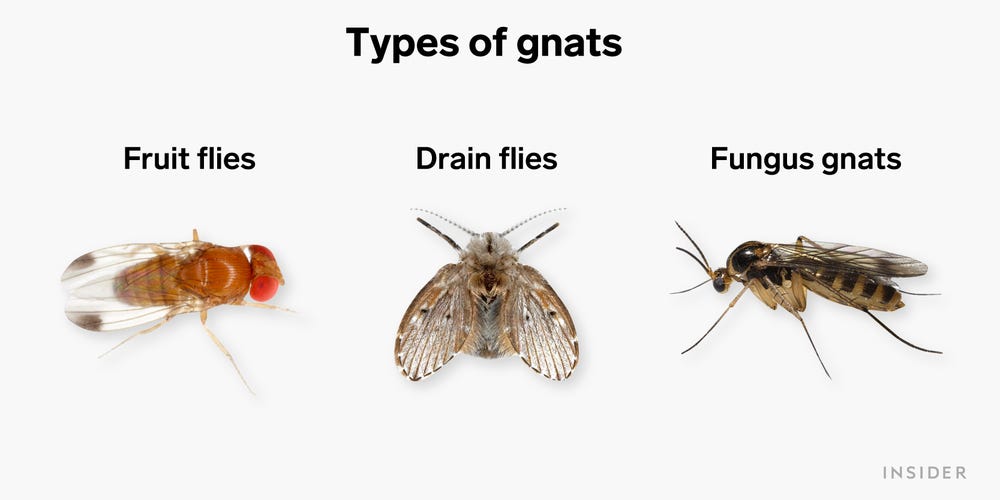 If you've ever noticed tiny flies buzzing around your kitchen sink, you're not alone. These pesky insects, also known as drain flies or moth flies, are a common nuisance in many households. Not only are they annoying, but they can also be a sign of a bigger problem in your kitchen. In this article, we'll explore the causes of tiny flies in the kitchen sink and provide some solutions to get rid of them for good.
If you've ever noticed tiny flies buzzing around your kitchen sink, you're not alone. These pesky insects, also known as drain flies or moth flies, are a common nuisance in many households. Not only are they annoying, but they can also be a sign of a bigger problem in your kitchen. In this article, we'll explore the causes of tiny flies in the kitchen sink and provide some solutions to get rid of them for good.
The Main Culprit: Standing Water
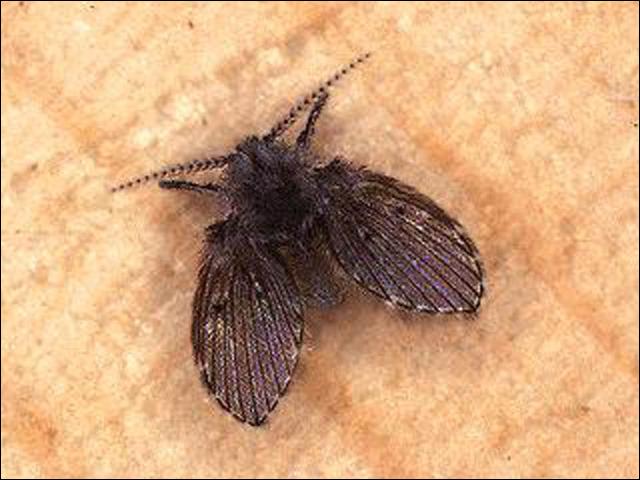 The main reason why tiny flies are attracted to your kitchen sink is standing water. These flies thrive in moist environments and are often found near drains, pipes, and garbage disposals. If you have a leaky faucet or a slow draining sink, this creates the perfect breeding ground for these flies. They lay their eggs in the moist organic material, and within days, the larvae hatch and start feeding on the decaying matter.
The main reason why tiny flies are attracted to your kitchen sink is standing water. These flies thrive in moist environments and are often found near drains, pipes, and garbage disposals. If you have a leaky faucet or a slow draining sink, this creates the perfect breeding ground for these flies. They lay their eggs in the moist organic material, and within days, the larvae hatch and start feeding on the decaying matter.
Solutions to Get Rid of Tiny Flies
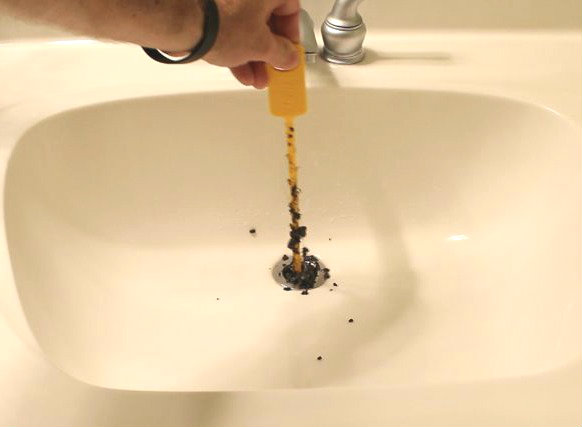 The first step to getting rid of tiny flies in your kitchen sink is to identify and eliminate any standing water. This might mean fixing a leaky faucet, unclogging a drain, or cleaning out your garbage disposal. Once the source of moisture is eliminated, you can take further steps to get rid of the flies. One option is to use a commercial drain cleaner to remove any built-up organic material that may be attracting the flies. You can also make your own homemade drain cleaner by combining equal parts baking soda and vinegar, pouring it down the drain, and letting it sit for 15 minutes before flushing with hot water.
The first step to getting rid of tiny flies in your kitchen sink is to identify and eliminate any standing water. This might mean fixing a leaky faucet, unclogging a drain, or cleaning out your garbage disposal. Once the source of moisture is eliminated, you can take further steps to get rid of the flies. One option is to use a commercial drain cleaner to remove any built-up organic material that may be attracting the flies. You can also make your own homemade drain cleaner by combining equal parts baking soda and vinegar, pouring it down the drain, and letting it sit for 15 minutes before flushing with hot water.
Preventative Measures
In Conclusion
 Tiny flies in the kitchen sink can be a frustrating issue, but by understanding the causes and taking the necessary steps to eliminate them, you can keep your kitchen fly-free. Remember to regularly clean and maintain your sink and drains to prevent any future infestations. With these solutions in hand, you can say goodbye to those annoying tiny flies and enjoy a cleaner, healthier kitchen.
Tiny flies in the kitchen sink can be a frustrating issue, but by understanding the causes and taking the necessary steps to eliminate them, you can keep your kitchen fly-free. Remember to regularly clean and maintain your sink and drains to prevent any future infestations. With these solutions in hand, you can say goodbye to those annoying tiny flies and enjoy a cleaner, healthier kitchen.

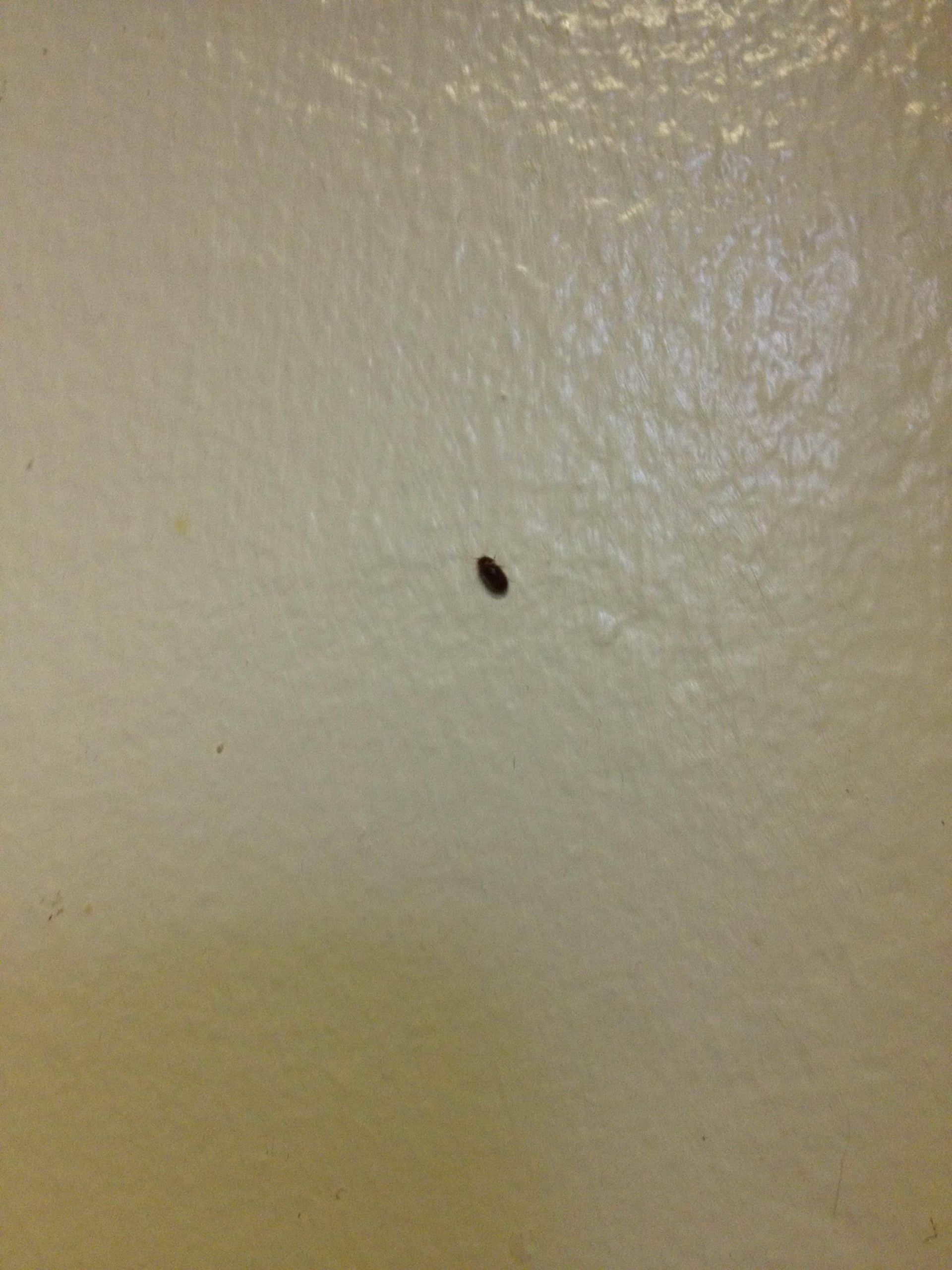

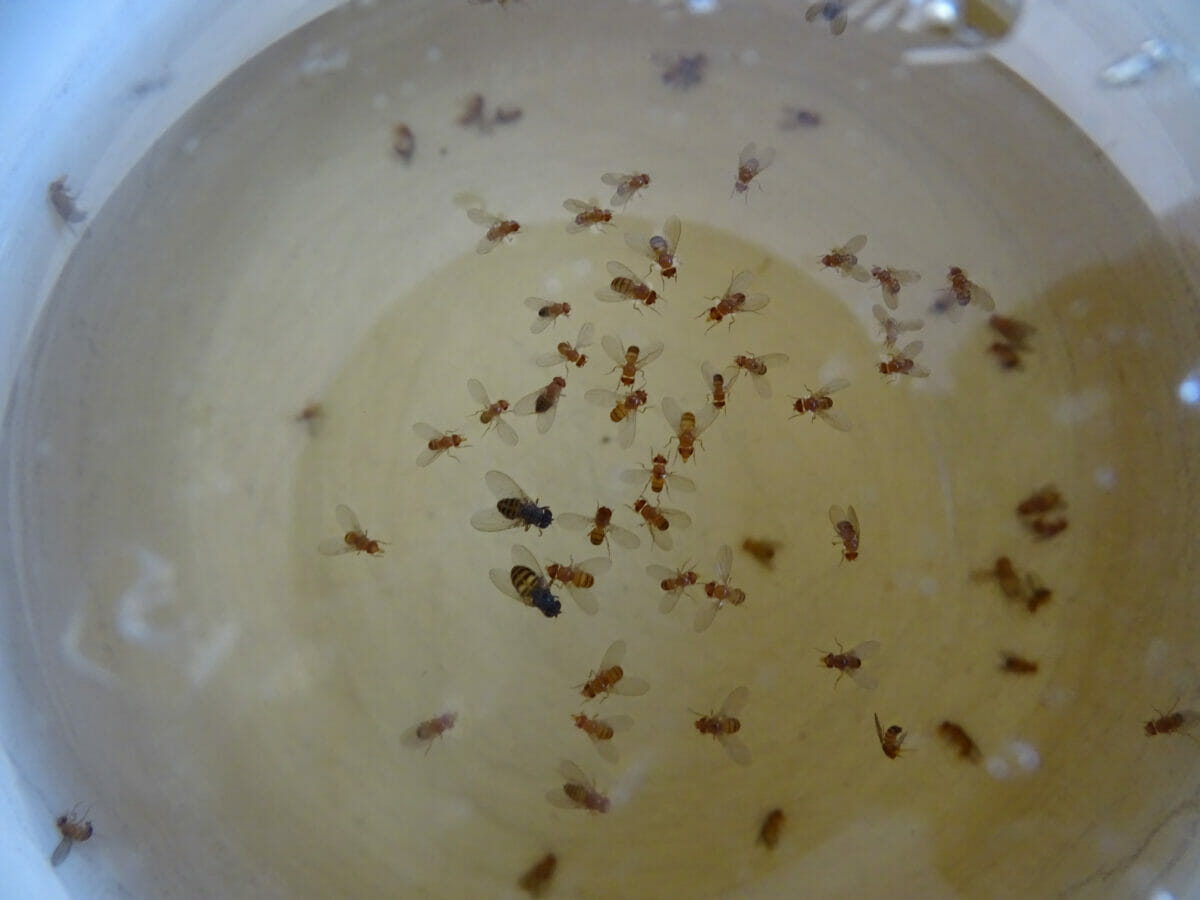



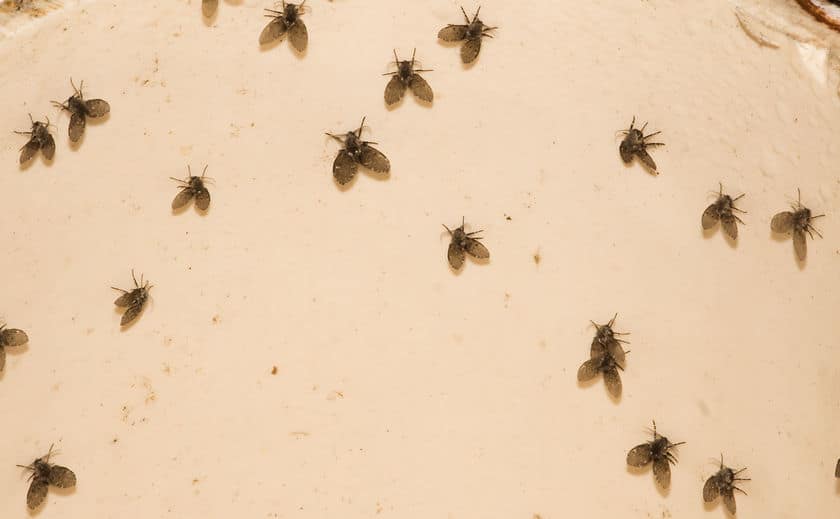
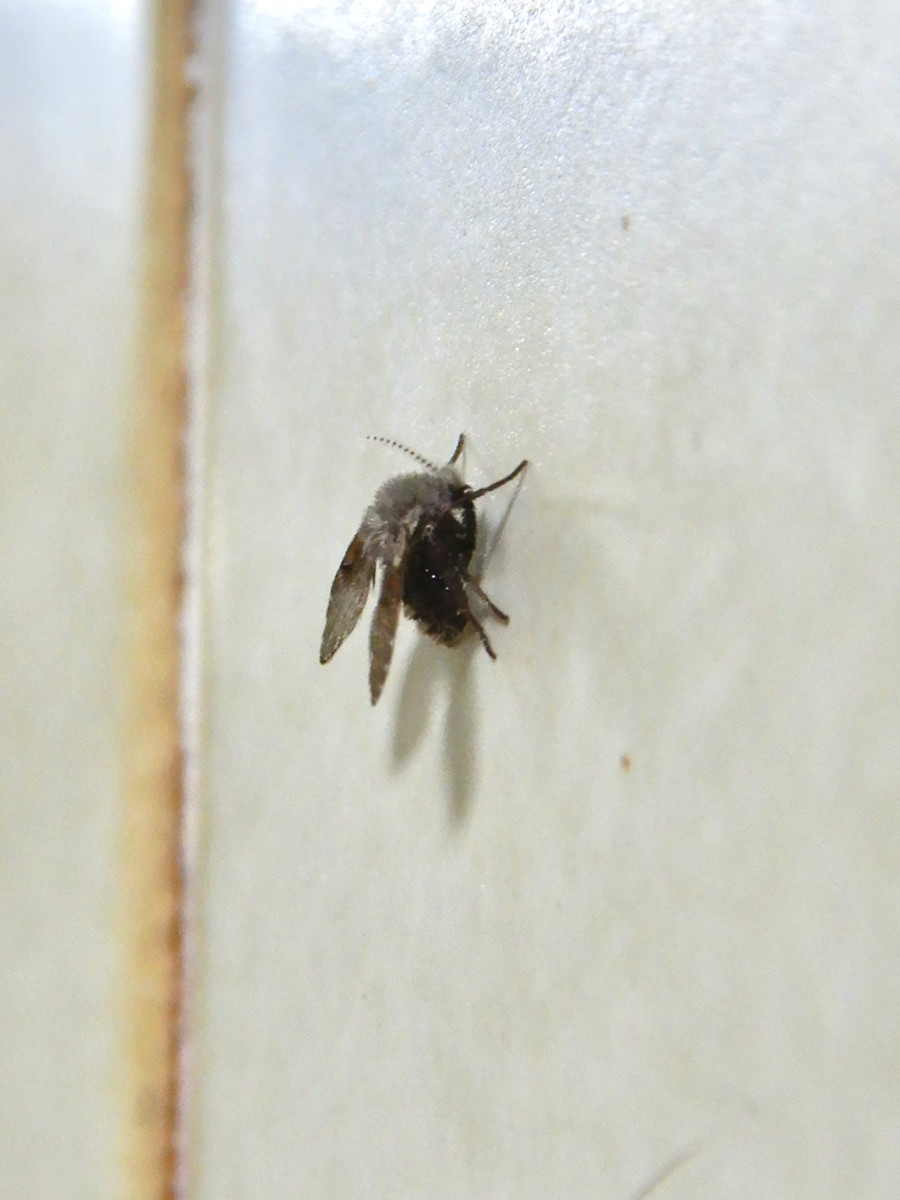


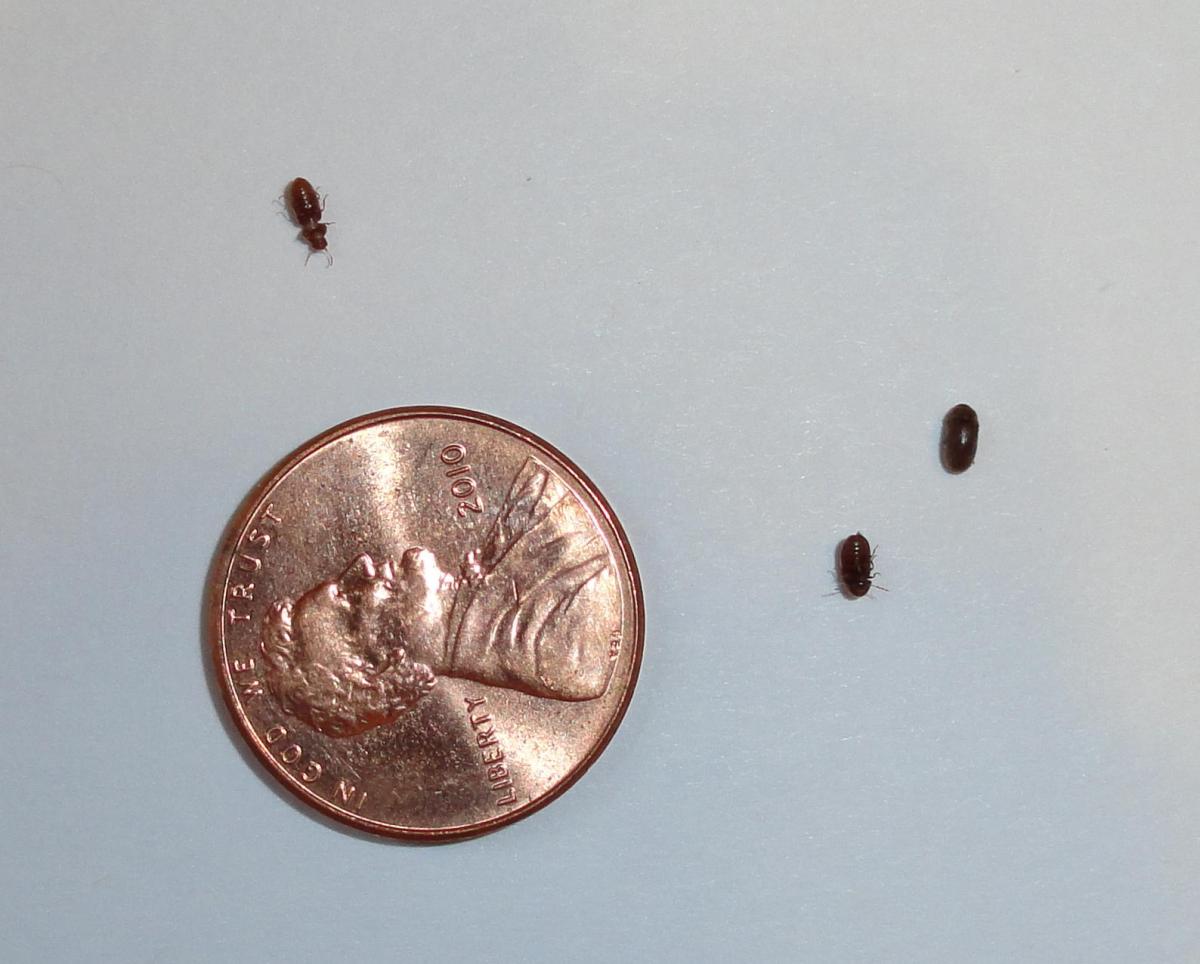


:max_bytes(150000):strip_icc()/natural-ways-get-rid-insects-your-home-4864214-v2-2041dbe12ebf4e6c849ad4342c07ae61.jpg)



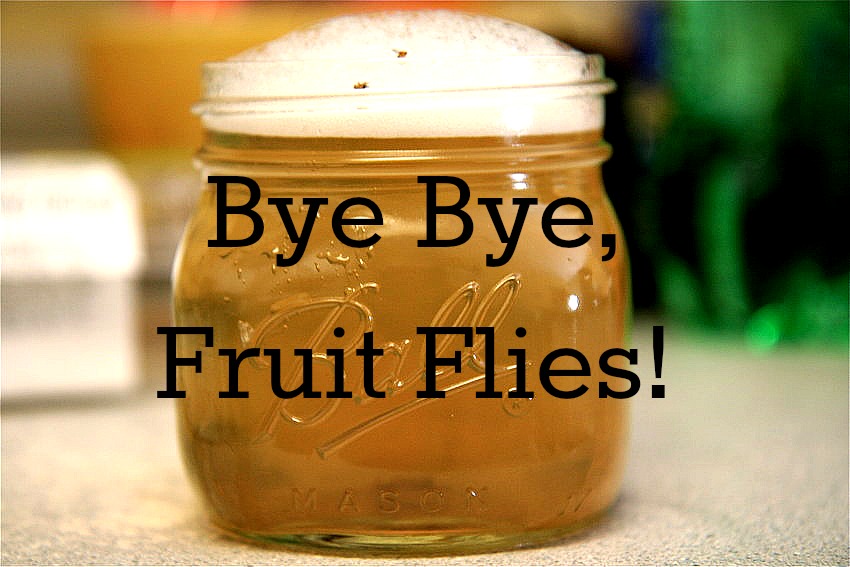





:max_bytes(150000):strip_icc()/Getting-rid-of-drain-flies-2656670-V1-1340ca9ec3a743cb95a366862a9961c1.png)

:max_bytes(150000):strip_icc()/__opt__aboutcom__coeus__resources__content_migration__mnn__images__2018__06__fruit_fly_trap-ece4039a2daf403090d95d1c6da0b411.jpg)
:max_bytes(150000):strip_icc()/how-to-get-rid-of-flies-1389068-02-a088bfdf440d49fc8f27e49df06c48ba.jpg)
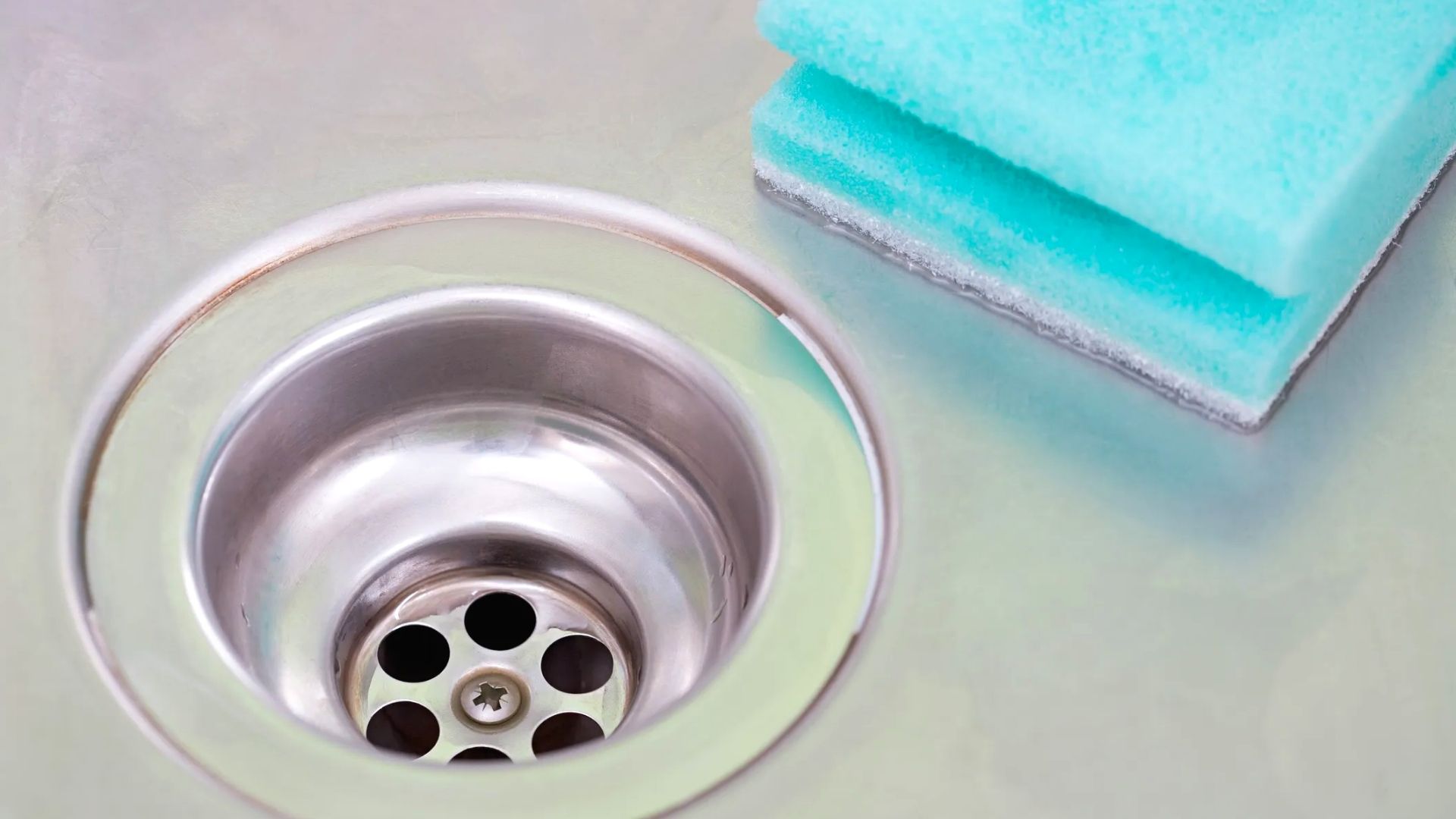
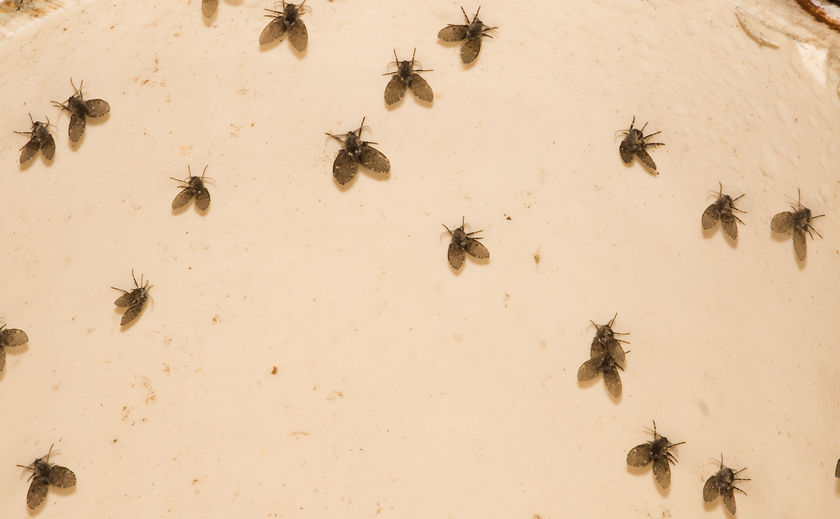
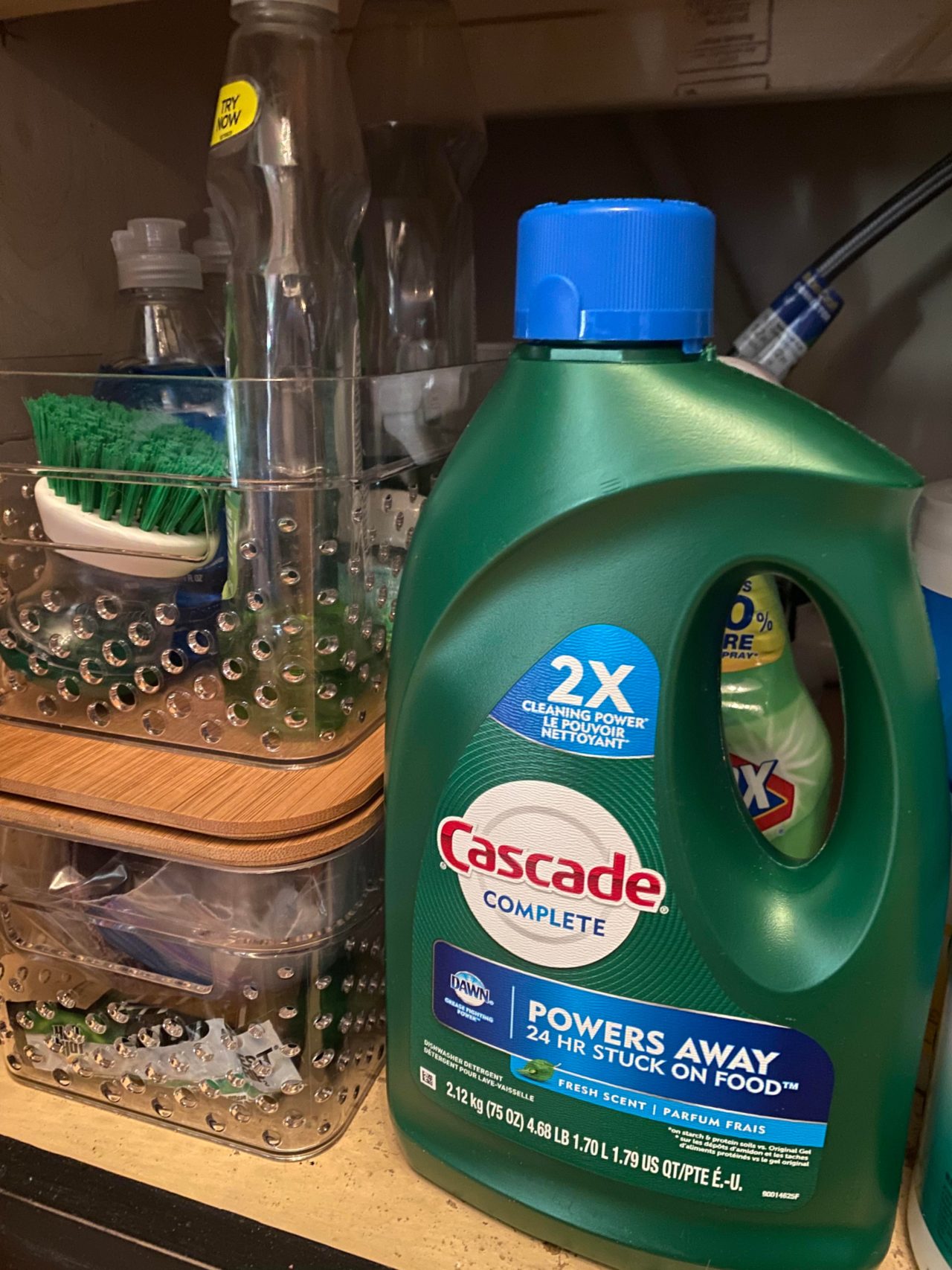





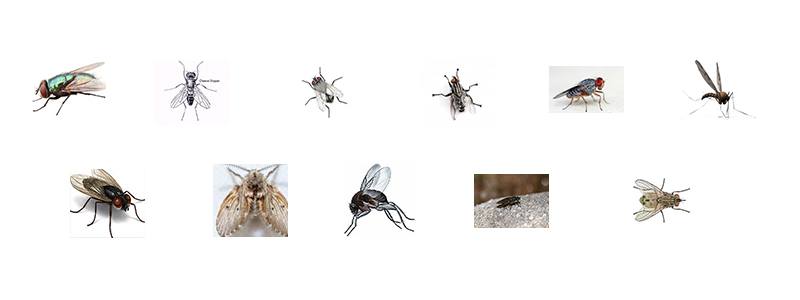

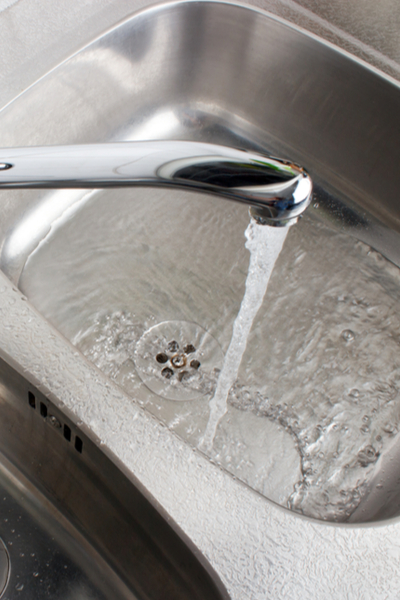


:max_bytes(150000):strip_icc()/Basic-kitchen-sink-types-1821207_color_rev-0b539306b9ef4236a136624ad2a89a4c.jpg)


















